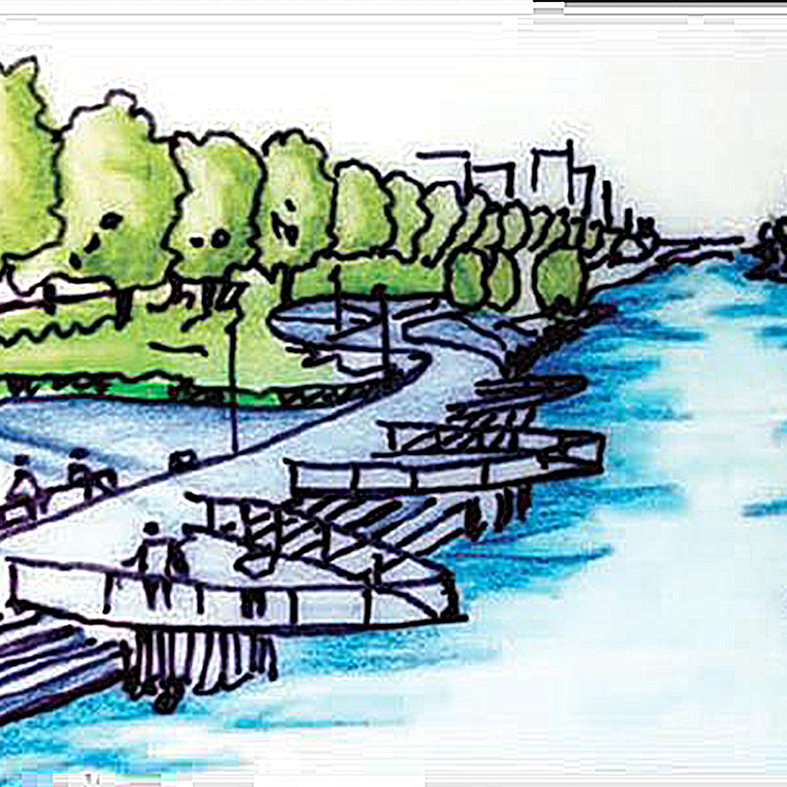Canal-Oriented Development: Integrating an urban canal front with the city
DOI:
https://doi.org/10.6092/2281-4574/6954Abstract
Water like food is an indispensable resource which is essential for our daily existence. The construction of canals was motivated by the wide range of activities it can perform, ranging from irrigation, storm-water management, transportation to sewage disposal. Apart from these, canals also served in keeping the micro climate in check while giving a pleasant aesthetic appeal to the area.
India has had an extensive canal network most of which were laid by the British for their own benefit. However, post-independence with rapid urbanization over time these canals have not only lost their identity but also the purpose for which it was built. Most of them lie neglected, choked with effluents that are hazardous for human health. The situation is only worsening as the country is facing more and more shortage of clean water. This paper is an attempt towards understanding the need for integrating an urban canal front with the city to increase the vitality of the surrounding areas and generate utilitarian public spaces alongside safeguarding the urban environment. A study on Urban Acupuncture, a relatively modern concept in conjunction to Canal-Oriented Development facilitates in the assemblage of diverse interpretations pertaining to the implementation of design ideas at site level. Owing to its small scale, budget friendly localized interventions urban acupuncture plays a decisive role in addressing the minuscule yet substantial issues concerning the canal precincts. An overview of Beliaghata Canal has been discussed to further the discussion on integrating an urban canal front with the urban fabric incorporating urban acupuncture with respect to local context..
Downloads

Downloads
Published
Issue
Section
License
Gli autori che pubblicano su questa rivista accettano le seguenti condizioni:- Gli autori mantengono i diritti sulla loro opera e cedono alla rivista il diritto di prima pubblicazione dell'opera, contemporaneamente licenziata sotto una Licenza Creative Commons - Attribuzione che permette ad altri di condividere l'opera indicando la paternità intellettuale e la prima pubblicazione su questa rivista.
- Gli autori possono aderire ad altri accordi di licenza non esclusiva per la distribuzione della versione dell'opera pubblicata (es. depositarla in un archivio istituzionale o pubblicarla in una monografia), a patto di indicare che la prima pubblicazione è avvenuta su questa rivista.
- Gli autori possono diffondere la loro opera online (es. in repository istituzionali o nel loro sito web) prima e durante il processo di submission, poiché può portare a scambi produttivi e aumentare le citazioni dell'opera pubblicata (Vedi The Effect of Open Access).

